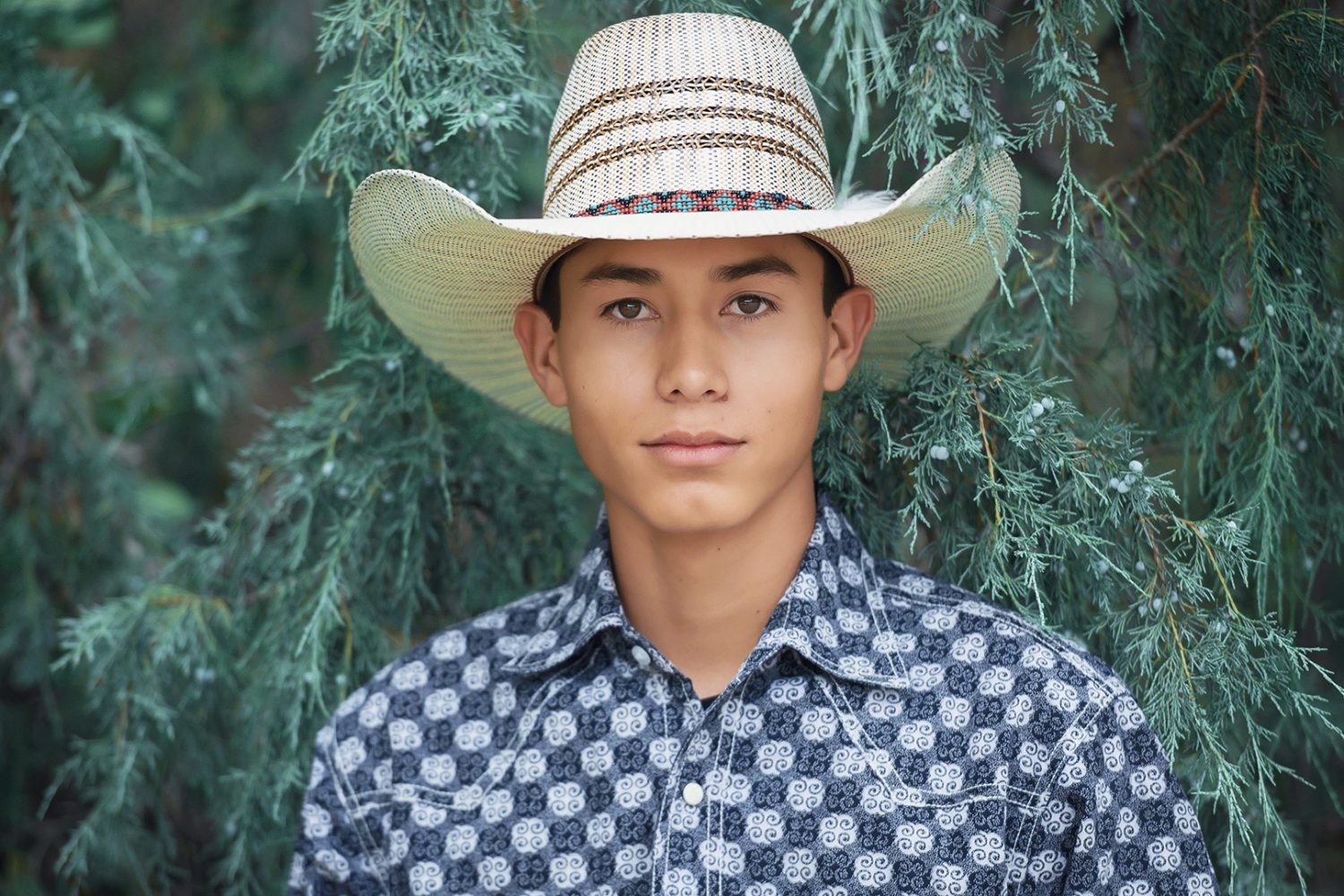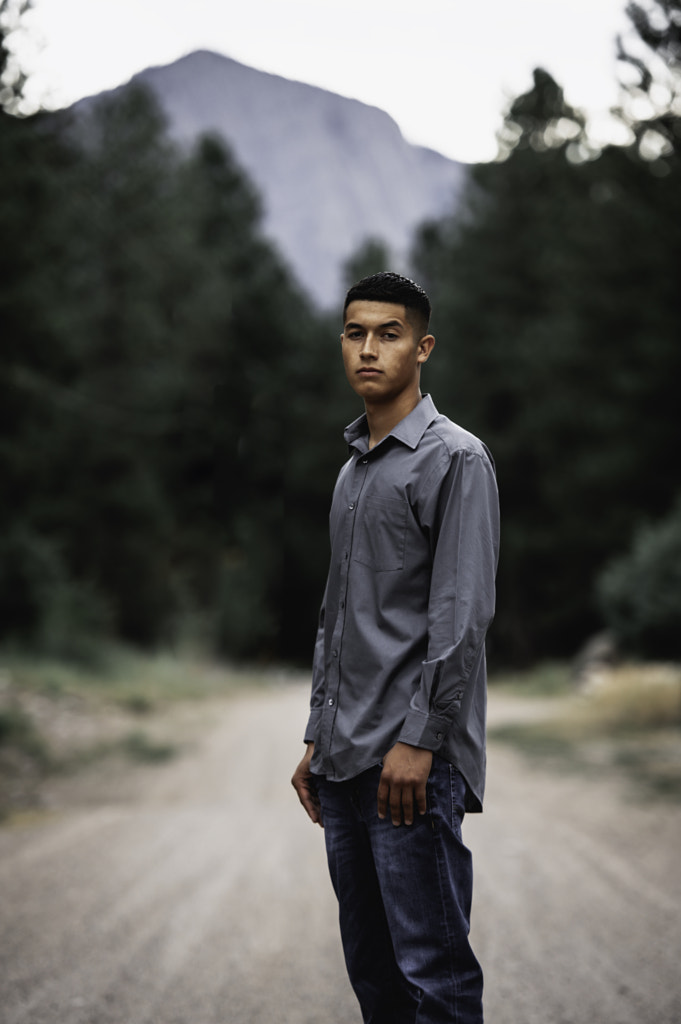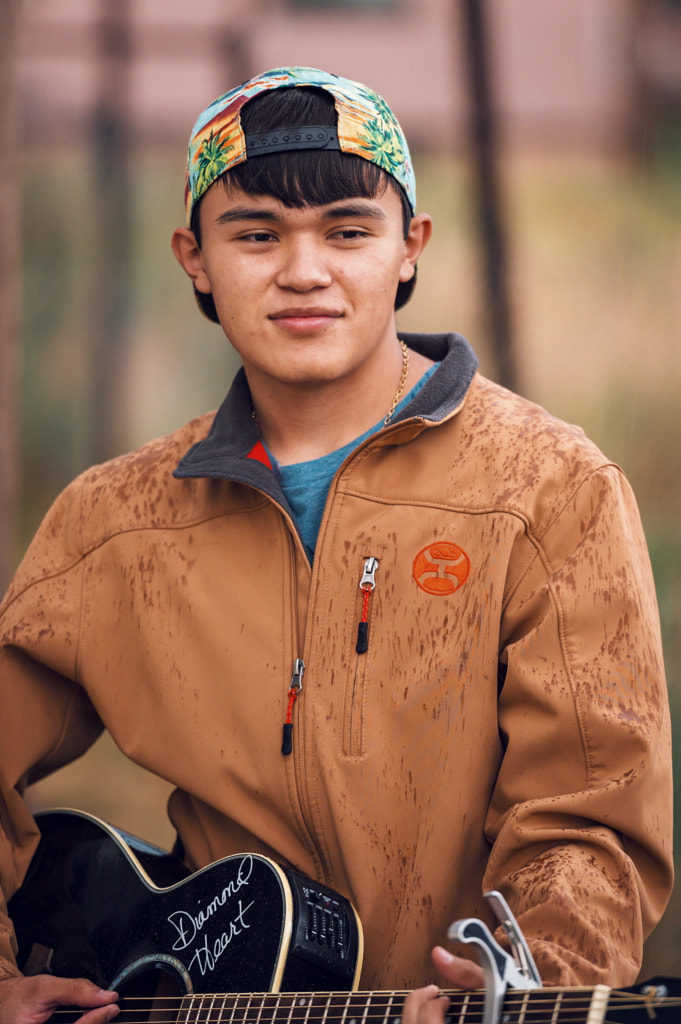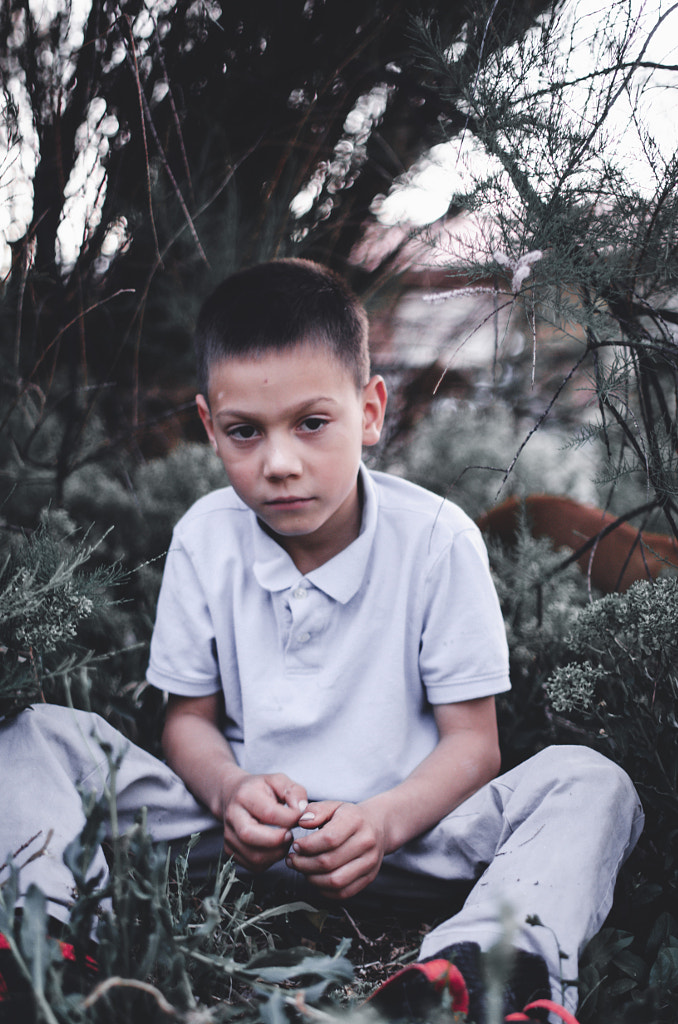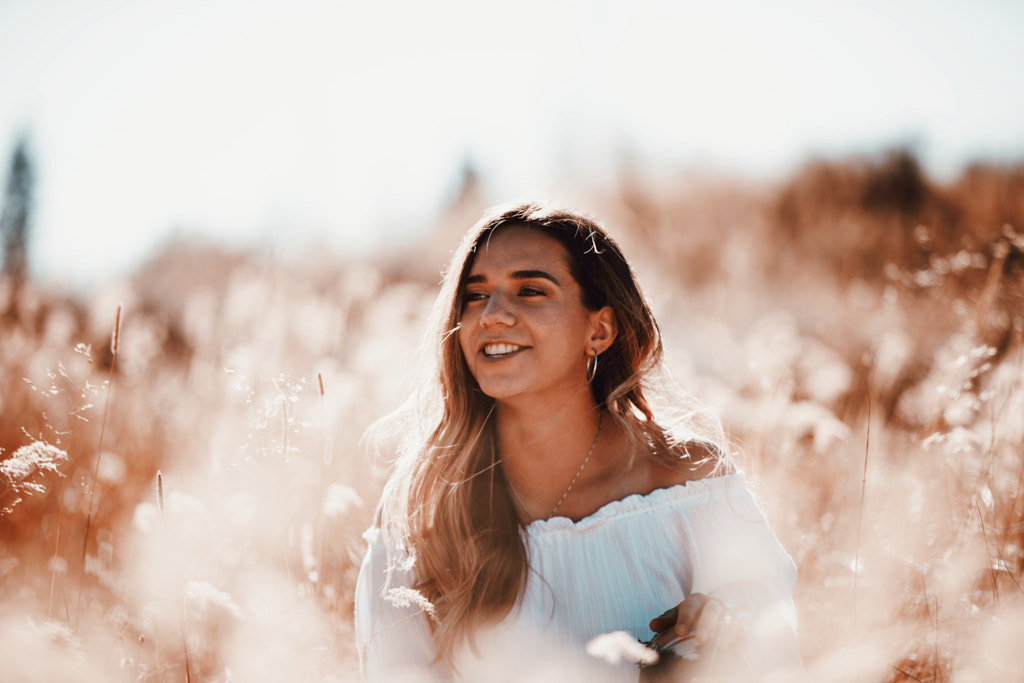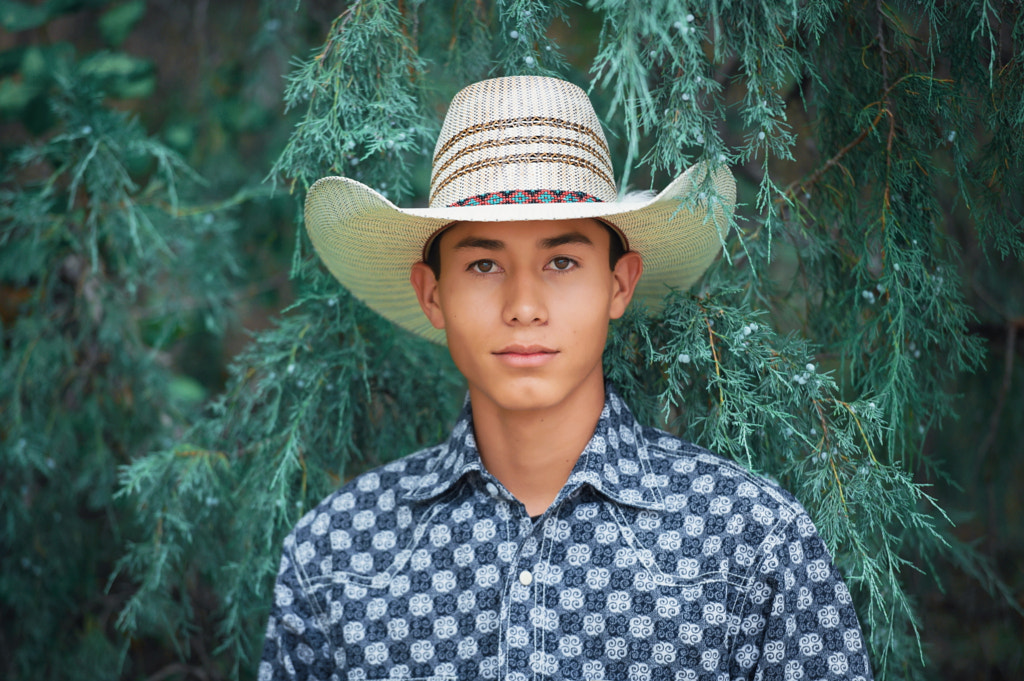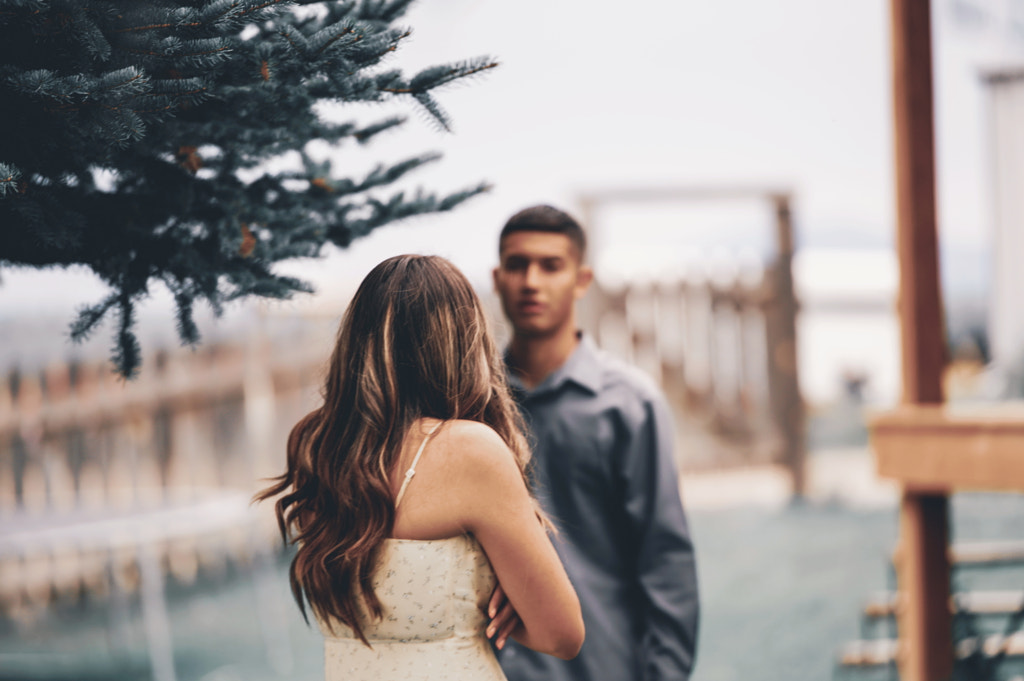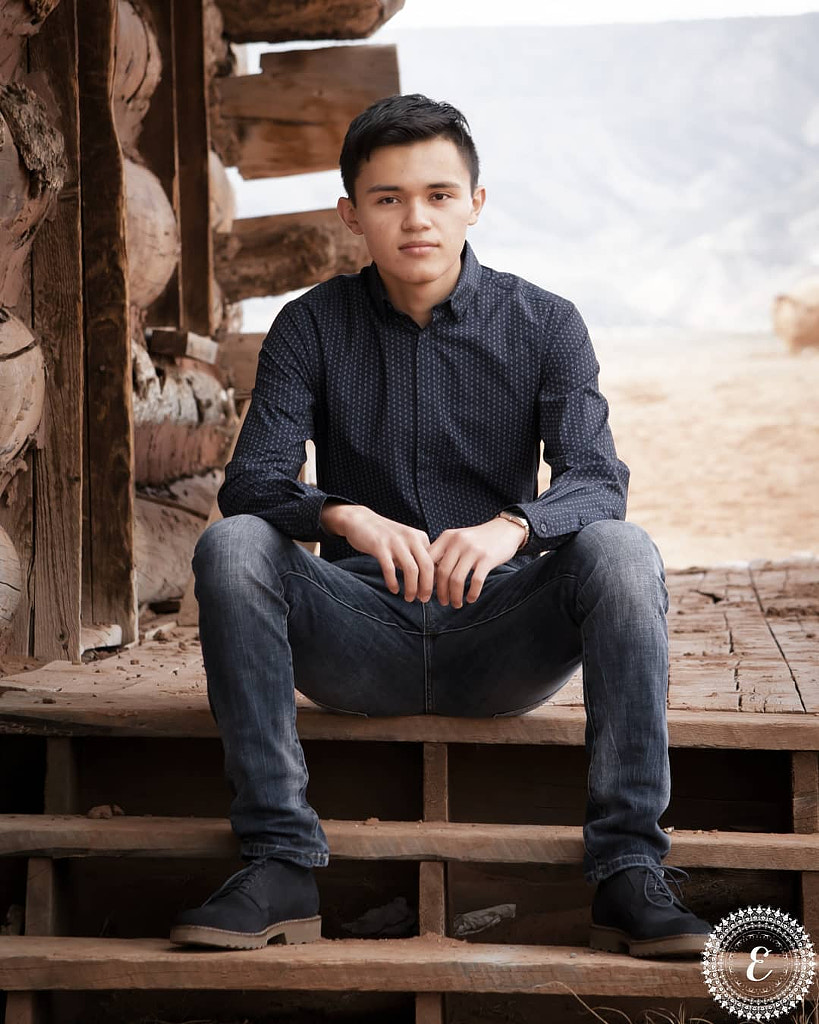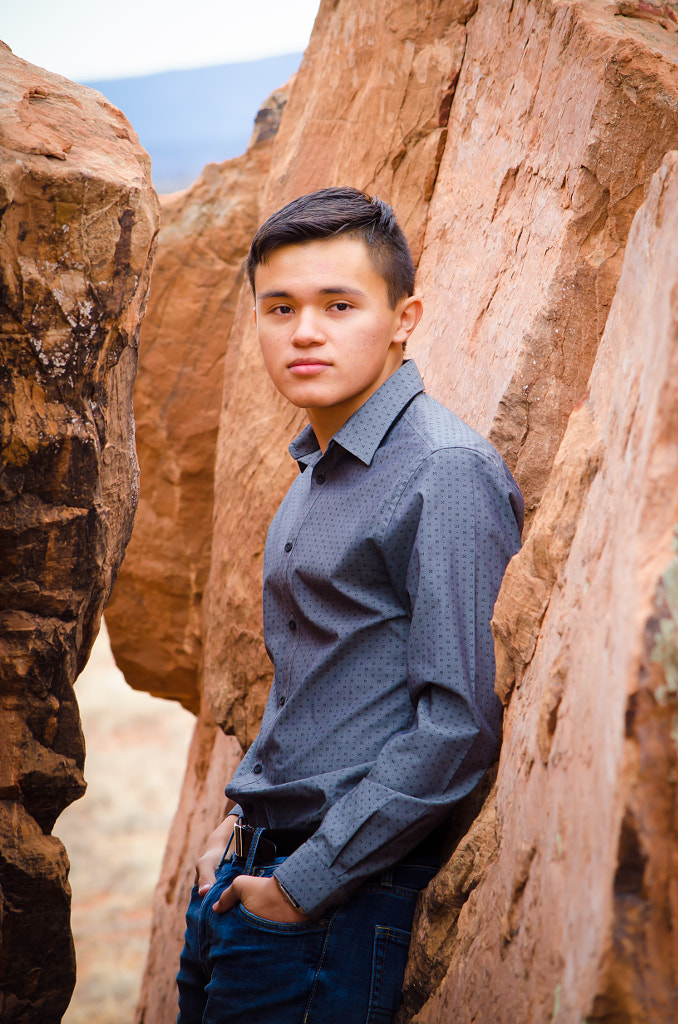Estevan Trujillo is a photographer from New Mexico who explores the relationships between landscape and portraiture. His photographic style opens a window to an inhospitable region, showing us the warmth of its communities, the beauty of its landscapes, and the connections between its inhabitants.
Q: Your first photo was uploaded to 500px in September of 2015. What motivated you to first begin posting your content on 500px?
A: The primary reason I created a 500px account was to be somewhat of a promoter for the area where I grew up. It was only after leaving my hometown (to attend college) that I truly gained an appreciation for the alluring scenery it had to offer. However, it seemed that there were very few images online that did justice to northern New Mexico’s appeal. Unlike the rest of the state, northern New Mexico’s topography consists of many lush valleys, contrasting the arid deserts found in the southern part. Thus, I wanted to try to do my best to capture the region’s charm for the rest of the world to observe; 500px seemed like the perfect platform to do so.
Q: Scrolling through your profile, we see that your style has evolved over the last five years. Where do you find inspiration to help develop your skillset when it comes to photography?
A: I find inspiration from a wide variety of sources, whether it be from film, digital media outlets, or the work of other photographers. When I first began to passionately pursue photography, I was balancing it while attending graduate school. Now that my studies have concluded, I’ve found myself able to devote more of my endeavors to really delve into discovering and incorporating new skills that I otherwise didn’t have the time for.
Q: Some of your photos encourage strong concepts of family, connection, and authenticity. Can you provide us with some tips on how to ensure you are capturing a genuine presence within your photography?
A: First off, I am horrible when it comes to arranging poses and body placement. I try to have the subjects act as naturally as possible. Usually, to do something they would do on a normal day-to-day basis, almost if I wasn’t present. I try to be watchful and seize on the moments where the subjects are at their most vulnerable — the times where they are at ease without me telling them to pose a certain way. By doing this, I find that they aren’t subconsciously trying to pose for the camera, and I can capture their raw, candid emotions.
Q: There’s a very strong community feeling in your photos. How do you think photography can positively impact a community?
A: Lately, most of my photoshoots have been acting as a sort of family photo album. I take delight that, just by looking at a photograph of a moment long past, one can undergo certain sentiments and get transported back to that original instant in time. Whether you define community as a group of interests, circumstances, or geographical location, photography has played a crucial role in symbolizing the connectivity between diverse individuals coming together. By looking through this filter, my goal is to emanate the gap between perception and reality and forge a bond between a vast array of different kinds of folk.
Q: Tell us more about how you create your shoots. What does your creative process look like?
A: I try to make every photoshoot unique and dissimilar to my previous shoots. I prepare for a shoot by brainstorming options of emotive resources, whether it’s a location or an environment. If a coherent idea starts to form, I’ll run with it and actually visit these areas to evaluate the utility ahead of time. However, as great as any idea seems in your head, it really doesn’t come into fruition until it can actually be implemented. Thus, on the day of my actual shoot, I take as many photos as possible. I would rather take 1,000 photos of a subject/location just to get 50 good photos and throw out 950 bad photos, than to abandon an idea altogether. With regard to post-processing, I try to keep the photos as natural as possible.
Q: How do you think your photography has evolved since you started participating in Licensing on 500px?
A: As I have photographed more throughout the years, I’ve noticed that my images began as modest snapshots. Over time, I made a point to try and convey a narrative or emotional response from my photos rather than an ordinary, still image.
Also, when I first began photography, I really wanted my photos to “pop” and stand out when I posted them. One of the biggest mistakes I made when I first began shooting was over-processing the photos (either from over-saturation or using filter presets). I liked the way the trendy presets looked on my photos but found myself becoming too dependent on these filters and improper coloring techniques. Since then, I have discovered that less is more when it comes to post-processing. I prefer my photos to have a more natural look and appropriately apply coloration only to enhance the image’s story.
Q: Name an instance where you incorporated a commercial trend or technique that caused you to explore beyond your comfort zone.
A: When I first began licensing images on 500px, I focused almost solely on the wildlife and backdrop of areas familiar to me. I was able to use various social media platforms to share the photos I had taken with my followers. Through sheer fortuity, I stepped out of that comfort zone after being asked by close acquaintances to take photos of their families and special events. Lo and behold, I was able to consolidate both landscape and portraiture into my current approach, where I have found a way to incorporate the natural environment to natural reactions.
Q: Are there any commercial trends that you have identified and have consciously tried to integrate into your photography?
A: It seems that, with the advent of technology, a drift is emerging where we are looking more towards the natural environment in images rather than inspecting the technological aspects of life. Particularly in stock photography, I see a trend where our connection with nature is growing. I try to shoot many photographs outside, with many of my shoots possessing an outdoor situational scene. Nature’s landscapes provide refreshing surroundings to incorporate.
Q: Landscape is a big part of your photography, and you often incorporate elements of it in your portraiture. Do you find that your photos portray a connection between your models and their environment?
A: I’ve found that the more comfortable the subject feels with their environment, the stronger the emotional response. I typically try to shoot in familiar surroundings to the subject, where I encourage them to tell stories of any special moments they made at that location. I then try to incorporate it into their photoshoot and create a story that best conveys their relationship to that environment. It’s at these memorable locations that I can get the most sincere reactions and best photos.
Q: What advice would you give to photographers who are interested in commercial photography but don’t know where to start?
A: Go out and shoot.
Speaking from experience, waiting for the “perfect” shot to present itself restricts you from your own creative process and stifles your own creativity. Take as many photos as possible, and over time you will find your niche with your creative process and unique style. The more you practice, the better your skills will develop.
Not on 500px yet? Click here to learn about Licensing with 500px.
